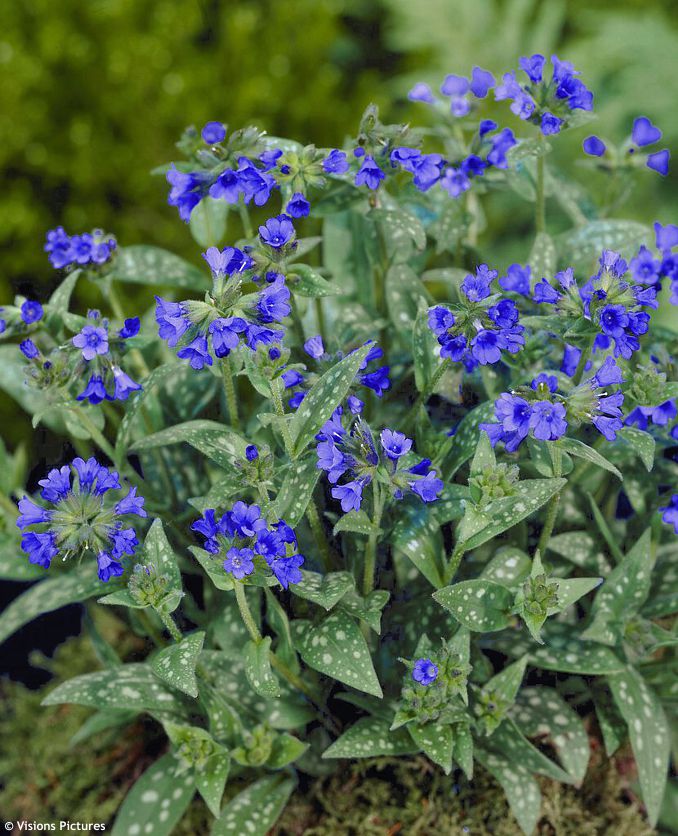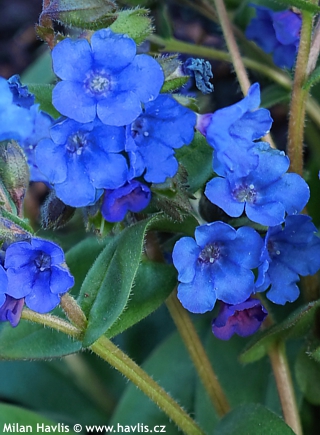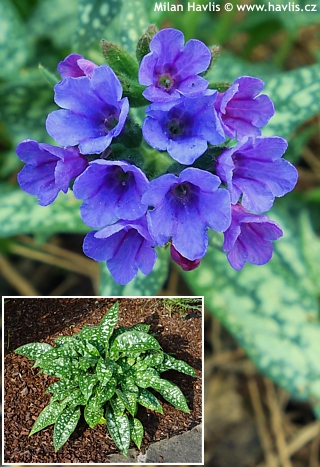Pulmonaria 'MISS ELLY' lungwort
Pulmonaria
Lungwort is a genus of about 16 species native to Europe and western Asia and is listed among medicinal herbs. Most species produce blue to pink flowers and you will often see both colours on the same stem, but there are also uniformly coloured cultivars and forms with very pale to white flowers. The name derives from the Latin pulmo – lung – because in medieval doctrine the spotted leaves were thought to resemble diseased lungs and therefore believed to help with coughs, inflammations and tuberculosis. However, modern cultivars long ago moved beyond strictly medicinal use: they are garden jewels for semi‑shaded borders, offering early, abundant flowering and attractive foliage.
Those leaves became the focus of modern lungwort breeding, coming into its own in the 1990s. Breeders deliberately crossed species such as Pulmonaria saccharata, P. officinalis, P. longifolia and P. rubra to obtain the most striking leaves, extended flowering and, above all, greater resistance to powdery mildew. Pioneers of this direction include breeders such as Alan Bloom (Blooms of Bressingham) from the United Kingdom and Dan Heims (Terra Nova Nurseries) in the USA. Their cultivars have moved beyond ordinary perennials and become important icons in mixed borders thanks to foliage that resembles painter’s canvas – with silver droplets, irregular spots, painterly brushstrokes or an all‑over sheen. Important advantages of these hybrids are not only aesthetics but also a longer growing season (foliage often persists into winter), compact habit, sterility (they do not readily self‑seed) and higher tolerance of heat and moisture.
Miss Elly lungwort belongs to this group of Pulmonaria × cultorum hybrids and first appeared on the market around 2008. It is characterized by a dense, compact, cushion‑forming habit and in early spring (April-May) opens tubular flowers in a deep, dark blue colour; this cultivar is not commonly reported to change to purple. Flowers are arranged in short clusters at the tips of fleshy stems about 20 cm high and attract mainly bumblebees and bees, which swarm to them like to an early spring feast. The first leaves are smaller and have only a few less conspicuous spots, but once flowering finishes the plant produces new, much larger leaves that in this case are broadly lanceolate, dark green and marked with numerous conspicuous silvery‑grey spots. At that stage it is best to remove the spent flower stems with small leaves in order to give the new large leaves space and energy; the new foliage is generally quite disease‑resistant. Height in flower does not exceed 30 cm and the spread is just a little over.
All lungworts – species and hybrids alike – are suitable both for modern and for naturalistic or cottage landscapes. Combine them with ferns, anemones, corydalis, geraniums or Siberian bugloss. In a contemporary garden they act as a subtle colour accent that appears earlier than most perennials, and their attractive leaves can decorate beds well into winter because they are partly evergreen. In a cottage planting they work excellently as an underplanting and, thanks to their early flowering, provide a valuable nectar source for pollinators at a time when available floral resources are still scarce.
Large‑leaved forms of lungwort require a fresh, well-drained but evenly moist soil that neither dries out nor remains permanently waterlogged to avoid fungal diseases. In the wild they naturally grow beneath trees that protect them from drying out, and in good soils with a mildly acidic to neutral reaction – they do not tolerate strongly calcareous loam. They prefer partial shade to full shade; in full sun their leaves can suffer scorch, except for varieties specifically rated as tolerant of sun. Although some leaves may remain attractive after winter, early in spring – before stems with flowers have burst into growth – it is advisable to remove all overwintered foliage. Lungwort is hardy down to about −34 °C (USDA zone 4) and is not ideal for containers, because it resents fluctuations between wet and dry.
Last update 24-09-2025









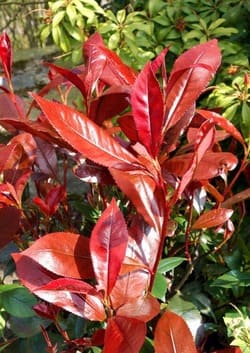
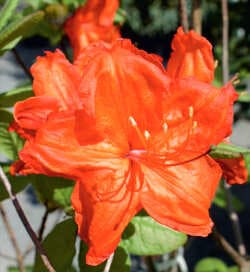

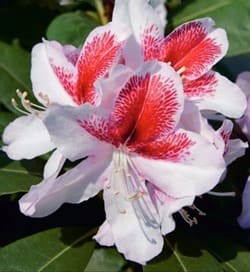


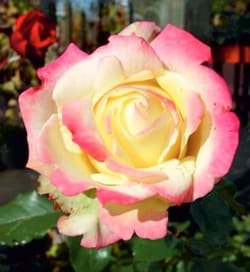
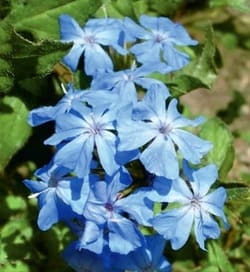
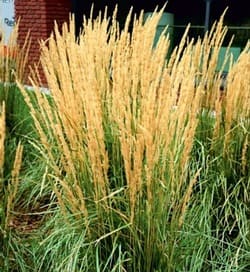
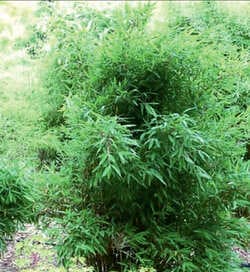

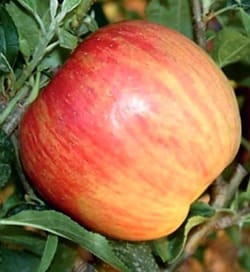
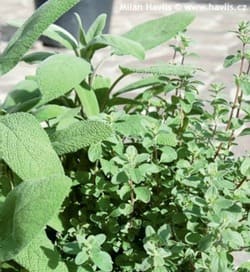
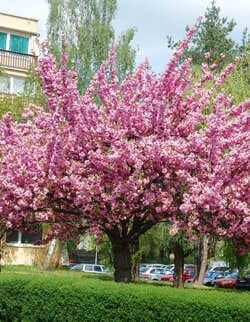
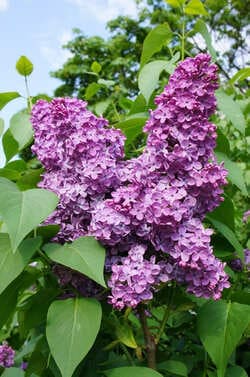
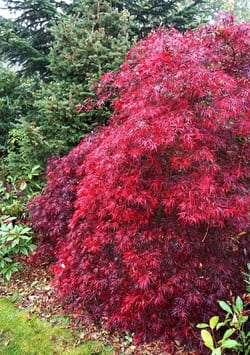
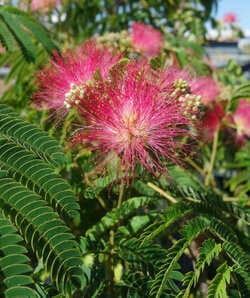
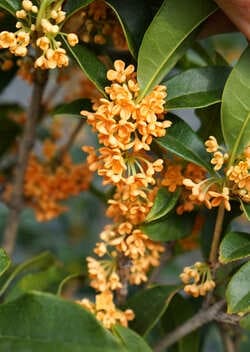



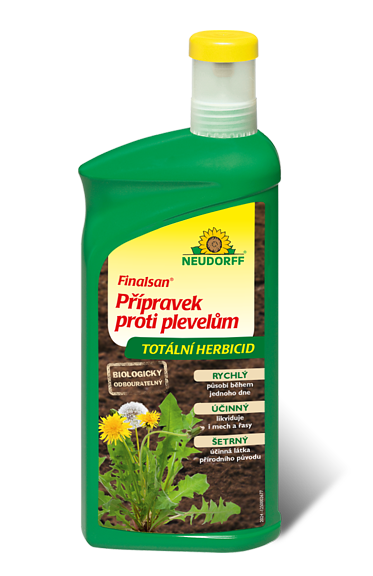


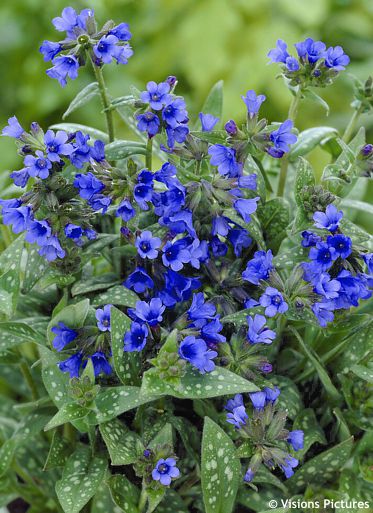
.jpg)
